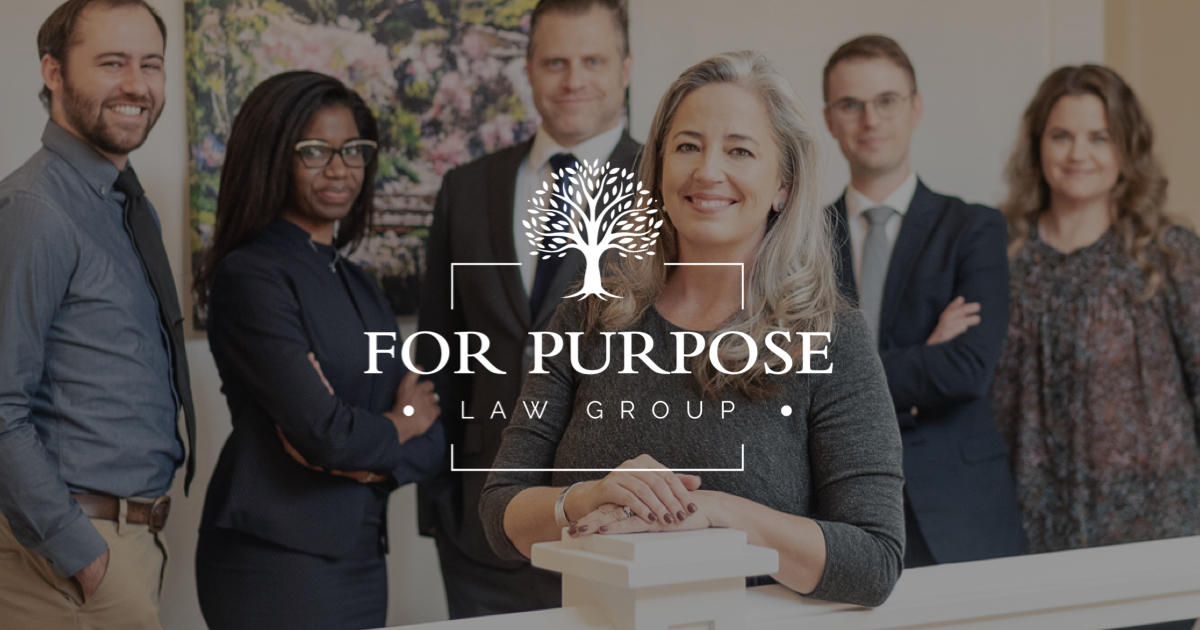
More Free Educational Resources for Nonprofits
07.08.2025 | Linda J. Rosenthal, JD

Myer Myers (1723-1795) was an acclaimed New York City silversmith. Some 380 of his magnificent works “survive in museums and private collections.”
He is an important figure, too, in the history of American Jews of the Colonial period. Of Sephardic origin, Myers was a member of Congregation Shearith Israel, the oldest Jewish congregation in the United States. This master crafter created many silver works for his synagogue.
The most famous of these sacred objects is a pair of valuable silver Torah ornaments called “rimonim.” They have been an important part of a long legal battle between Shearith Israel and another historic Sephardic congregation, the old Touro Synagogue of Newport, Rhode Island.
We told the tale last year in Charities in the Courtroom, Part 3: Religious Conflict. In May 2016, a federal district judge issued a 106-page decision that awarded the beautiful “rimonim” (now valued at about $7 million) to the Newport plaintiffs.
But that was not the final word. An appellate court – featuring a majority opinion written by retired Supreme Court Justice David Souter (sitting by special designation) – turned it all upside down, on constitutional grounds. The magnificent silver religious objects, along with the Newport building and land, are now officially owned by New York’s Shearith Israel.
We reported on the trial court ruling last year not only because it’s a fascinating and little-known story about the Jewish community in the Thirteen Colonies, but also since religious property disputes – of any and all denominations – are surprisingly common in today’s legal world.
What caused the appellate court to reverse the district judge’s quite emphatic ruling in favor of the Newport plaintiffs?
As this case demonstrates, the courts must tread delicately in deciding cases involving religion, even if the matter at hand appears to be a straightforward matter of examining deeds and leases.
The “federal [district] judge ruled decisively in favor of the Rhode Island group, the Touro Synagogue which was consecrated in 1763 in Newport,” wrote the New York Times about the May 2016 trial result.
“The central issue here,” according to Judge John McConnell, “is the legacy of some of the earliest Jewish settlers in North America, who desired to make Newport a permanent haven for public Jewish worship.” He concluded that the “historical record showed that the people named on Touro’s original property deed were trustees for the community, not owners of the land or the structure. In turn, … Shearith Israel became the trustee, not the owner. The judge chastised the New York congregation for claiming ownership and removed it as Touro’s trustee, awarding that power to [Touro successor congregation] Jeshuat Israel.”
Not so fast, wrote Justice Souter in the majority opinion for the appeals court in Boston.
Reversing an epic 2016 decision by U.S. District Judge John McConnell of Providence, the 1st Circuit found that the documents proved New York City’s Congregation Shearith Israel to be the rightful owner of a 250-year-old synagogue in Newport, Rhode Island, even though Newport’s Congregation Jeshuat Israel has worshipped there and maintained the building for more than 100 years.
The appellate panel reviewed an agreement from the 18th century that had named Congregation Shearith Israel as the trustee. Also examined were “ordinary documents: 1903 and 1908 leases, a 1945 agreement with the U.S. government and a 2001 deal with the National Trust.”
Justice Souter delicately admonished the trial judge for his analysis of the evidence; “he explained that the Free Exercise Clause means courts can’t interfere with religious autonomy.”
‘When property disputes reflect religious cleavages, courts should avoid entanglement with the doctrinal issues and hew closely to civil law.’
The details and specific legal analysis are not amenable to a blog summary; for an in-depth understanding, you should read the court decisions and newspaper analyses. The bottom line, though, is that when religious bodies have conflicting claims, there’s a special way that courts have to view evidence; namely, through a fine-tooth, constitutional prism.
That’s how and why Mr. Justice Souter wrote that “… the only reasonable conclusions to be drawn … are that [Shearith Israel] owns both the ‘rimonim’ and the real property.”
